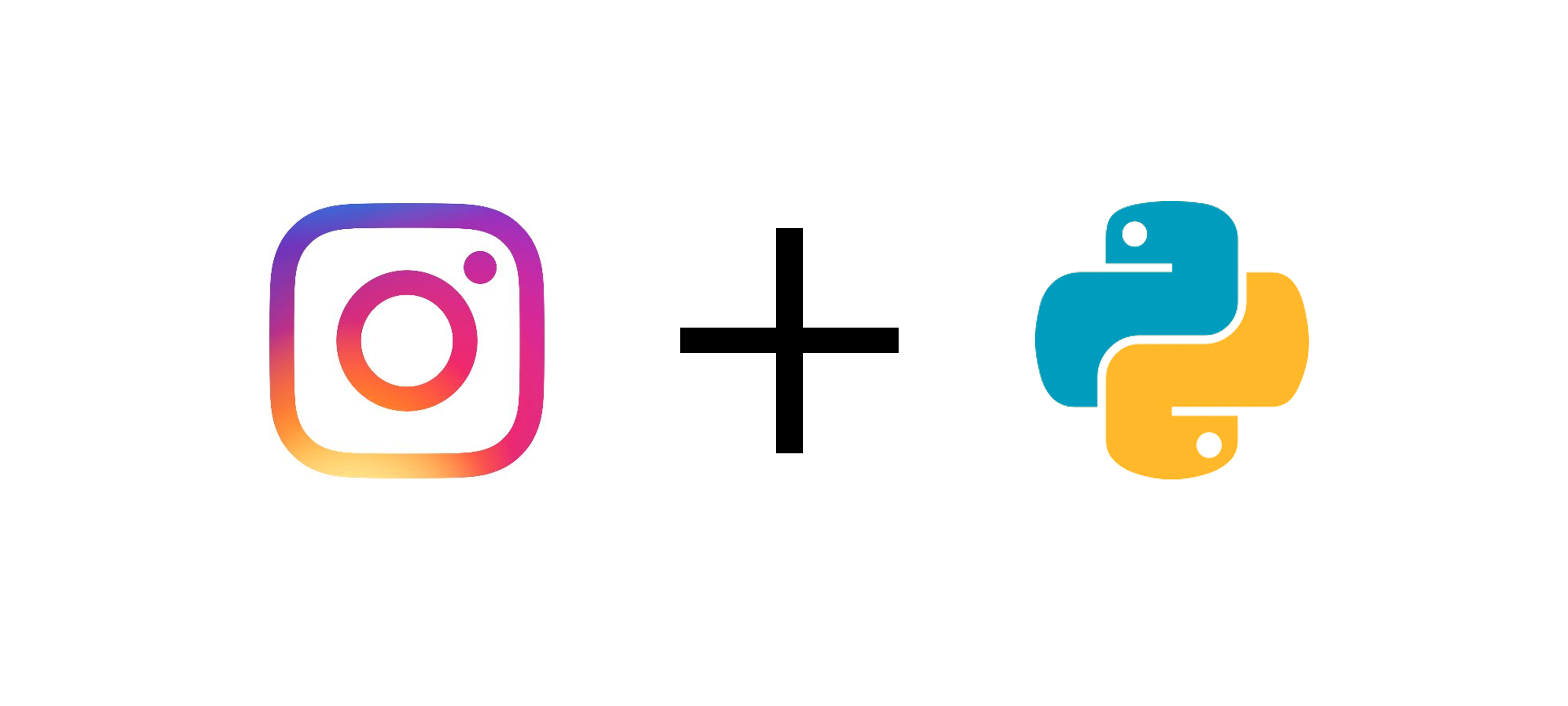Instagram: A Deeper Look into Python's Role.
 Vaibhav Parekh
Vaibhav Parekh
Overview: Instagram, launched in 2010, rapidly grew into a social media giant, boasting over a billion monthly active users. The platform allows users to share photos, videos, and stories, and it has evolved into a key player in the digital marketing space. Managing such a vast user base and ensuring a seamless experience across devices required a robust and scalable backend, which Instagram found in Python.
Why Did Instagram Choose Python?
Simplicity and Readability:
- Python's simple syntax and readability made it easier for Instagram's developers to write clean, maintainable code. This was particularly important as the platform scaled and the codebase grew. Python’s readability ensured that even as new developers joined the team, they could quickly understand and contribute to the project without a steep learning curve.
Rapid Development:
- Instagram needed to move fast in its early days, pushing out new features and improvements to keep up with its growing user base. Python's ease of use and the ability to quickly prototype and iterate allowed Instagram to maintain a fast-paced development cycle. This agility was crucial in outpacing competitors and continuously enhancing the user experience.
Versatile Ecosystem:
- Python’s rich ecosystem, with a wide array of libraries and frameworks, offered Instagram everything from web development tools to data analytics capabilities. The Django web framework, in particular, was instrumental in building Instagram’s backend. Django’s “batteries-included” approach provided Instagram with built-in features like ORM (Object-Relational Mapping), authentication, and administrative interfaces, reducing the need for custom code and speeding up development.
Scalability:
- As Instagram's user base grew, so did its infrastructure needs. Python's ability to handle complex and large-scale systems made it a suitable choice for Instagram’s backend. Even today, as Instagram serves millions of users concurrently, Python continues to support its scalable architecture.
Strong Community Support:
- The extensive Python community provided Instagram with continuous support, resources, and innovation. The active community around Django, for instance, ensured that Instagram had access to the latest tools and best practices in web development. This community-driven support helped Instagram to keep its codebase modern and secure.
How Python Powers Instagram:
Backend Services:
- Instagram’s backend is largely built using Python. The Django framework handles most of the core functionalities, from user authentication to post-handling. The clean and modular design of Django allows Instagram to manage its complex features effectively while ensuring that the platform remains scalable and robust.
APIs:
- Python plays a critical role in managing Instagram’s APIs, which are used both internally and externally. These APIs allow Instagram to communicate with other applications and services, facilitating features like cross-platform sharing and integration with third-party tools.
Data Processing and Analytics:
- Instagram leverages Python for data processing and analytics. With the help of Python libraries like Pandas and NumPy, Instagram can analyze user data to gain insights into user behavior, content trends, and platform performance. This data-driven approach enables Instagram to make informed decisions on feature updates and personalized content recommendations.
Automation:
- Automation scripts written in Python help Instagram manage various tasks, from content moderation to system monitoring. These scripts reduce the need for manual intervention, improving operational efficiency and allowing Instagram to maintain high standards of content quality and platform reliability.
Testing and Quality Assurance:
- Python’s simplicity extends to testing and quality assurance as well. Instagram uses Python-based tools to write unit tests, integration tests, and end-to-end tests. This ensures that new features are thoroughly tested before they are deployed, minimizing the risk of bugs and downtime.
Benefits Instagram Gains from Using Python:
Faster Time-to-Market:
- The ability to rapidly develop and deploy new features has allowed Instagram to stay ahead in the competitive social media landscape. Python’s flexibility and speed of development have been crucial in achieving this.
Efficient Scaling:
- Python’s scalability has enabled Instagram to grow from a small app to a global platform with billions of users. The language's efficiency in handling large-scale operations ensures that Instagram can continue to expand without compromising performance.
Developer Productivity:
- Python’s simplicity and readability have contributed to higher developer productivity. Instagram’s engineers can focus on innovation and problem-solving rather than dealing with complex syntax or debugging convoluted code.
Strong Community and Ecosystem:
- The vibrant Python community provides Instagram with a continuous stream of resources, tools, and frameworks, ensuring that the platform remains at the cutting edge of technology.
Conclusion
Instagram's reliance on Python is a testament to the language’s power, simplicity, and versatility. By choosing Python, Instagram has been able to build a platform that is not only robust and scalable but also agile and responsive to the needs of its users. Python’s role in Instagram’s success highlights why it continues to be a top choice for tech companies aiming to build high-performance, scalable applications.
Subscribe to my newsletter
Read articles from Vaibhav Parekh directly inside your inbox. Subscribe to the newsletter, and don't miss out.
Written by

Vaibhav Parekh
Vaibhav Parekh
I am a Cloud enthusiast . Delivering continuous learnings through blogs . You have any doubts you can contact me directly don't hesitate . We all have a start and initial days of learning !!